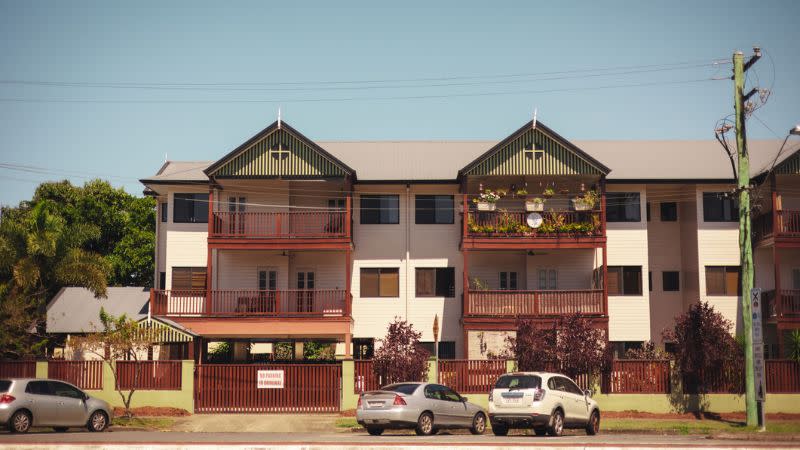Resources
Newsletter
Stay up to date and with the latest news, projects, deals and features.
Subscribe
Seven government building sites have been identified by the Queensland government as part of its solutions to the state’s housing crisis.
The measure is included in the Housing Summit Outcomes Report, which followed the“historic” Queensland Housing Summit earlier this year.
A $56-million cash injection is also among the measures outlined in the report.
The state government said it was partnering with local governments and non-government organisations to identify similar opportunities in an audit expected to be completed in the next three months.
State development minister Steven Miles said work was under way to identify housing opportunities.
“Included are sites leased to councils that could potentially be used for accommodation,” he said.
“Hundreds of potential sites have been reviewed, of which seven have been shortlisted for further investigations in Southport, Varsity Lakes, Fortitude Valley, Wynnum, Bundaberg, Mango Hill and Albion.
“And the audit is continuing.”
As well, the Queensland government will create a specialist cross-government Housing Delivery Board to set housing targets.
It is also expanding the role of Economic Development Queensland, which plans land use.
As well, $2.5 million of its latest funding has been earmarked to review the South-East Queensland Regional Plan so housing delivery can be fast tracked.
The state has also promised $56 million of new funding for “positive housing outcomes”, which will be split between measures that support vulnerable people in housing and those experiencing severe rental stress.
The industry has largely welcomed the report.
The Property Council of Australia said that it was a step towards boosting much-needed housing supply in Queensland.
The council’s Queensland executive director Jen Williams said that the situation had reached a “crisis point” and that without “bold, decisive action” there was an increased risk of homeslessness, overcrowding and rental stress for Queenslanders.
“The commitments to reform body corporate legislation to facilitate redevelopment in infill areas, and to declare new Priority Development Areas to bring more land to market, are applauded by the Property Council,” she said.

Q Shelter, which highlighted this week that Brisbane has experienced the “sharpest decline in rental affordability in the nation”, also commended the report.
Executive director Fiona Caniglia said it recognised the acute housing stress some Queenslanders were under.
“Having all levels of government participate in the summit has been enormously encouraging and a real game changer for building a collaborative plan to address housing need in Queensland,” she said.
“It is critical that we focus on a healthy housing system, especially in the lead up to the 2032 Games.”
However, other stakeholders weren’t convinced.
Renters organisation Tenants Queensland suggested that there should be a second stage of tenancy law reforms, because increasing rental cost support without limiting how much rents can be increased “could lead to further inflationary behaviour”.
A lack of suitable housing as interstate migration continues, high rental prices and skyrocketing mortgages as a result of both this demand and heightened interest rates has put a major strain of Queenslanders in recent years.
As a result of these pressures, the Queensland Housing Summit brought together planners, developers and representatives from the construction industry alongside community services and housing providers, homeslessness advocates and government officials at all levels to discuss the crisis back in September.
Soon after, the government announced that Queensland’s Housing Investment Fund would double to $2 billion.